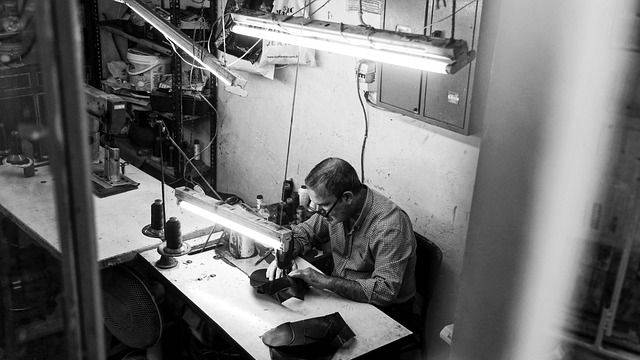A happy workforce is not just a desirable goal; it’s a critical factor in an organization’s success. Happy employees are more engaged and productive. They are likely to stay with the company long-term. This article delves into the strategies and best practices for maintaining a happy workforce, ensuring employees remain motivated, satisfied, and committed to their roles.

Promote Healthy Relationships
Positive relationships at work significantly contribute to employee happiness. When employees collaborate effectively and maintain respectful, supportive relationships, they are more likely to be content with their jobs. Encourage open, honest, and effective employee communication to foster staff wellbeing and camaraderie. Clear and transparent communication reduces misunderstandings and conflicts. Create platforms for team members to share ideas, concerns, and feedback.
Invest in team-building activities and initiatives that help employees bond and develop trust. Teamwork enhances productivity and creates a more enjoyable work environment. Whether it’s team lunches, off-site retreats, or collaborative projects, these activities can help strengthen the bonds among colleagues. Address conflicts promptly and professionally. Provide resources and training for conflict resolution to help employees navigate disagreements constructively. A culture of respect and conflict resolution fosters healthier relationships.
Provide Opportunities for Growth
Employees want to know they have a future within the organization and opportunities for growth and advancement. Establish clear career pathways that outline the organization’s steps and requirements for promotion. Communicate these pathways to employees to help them plan their career trajectories.
Offer training programs, workshops, and skill-building opportunities that help employees acquire new skills for their roles. Continuously update training materials to keep pace with industry trends and advancements. Establish mentoring programs or offer coaching opportunities to connect employees with experienced colleagues who can guide their growth and development.
Recognition and Rewards
Recognizing and rewarding employees for their contributions is fundamental to maintaining a happy workforce. When employees feel appreciated, they are more motivated to excel. Implement a system of merit-based recognition that rewards employees based on their performance, contributions, and achievements.
Merit-based awards create a fair and motivating environment. Offer bonuses and incentives for outstanding performance or the attainment of specific goals. These financial rewards provide extra motivation for employees to excel in their roles. Non-financial rewards, such as spare time off, flexible work arrangements, or public recognition, can also be highly motivating. Tailor rewards to individual preferences whenever possible.
Fair Compensation and Benefits
While non-monetary factors significantly affect employee happiness, fair compensation and benefits remain fundamental. Employees need to feel that their work is adequately rewarded. Regularly review and adjust salaries to stay competitive in your industry and region. Fair compensation reflects an organization’s respect for the value its employees bring.
Offer a comprehensive benefits package that includes additional perks like wellness programs or flexible work arrangements. A robust benefits package contributes to employees’ overall well-being. Implement performance-based reward systems such as bonuses and incentives. These rewards motivate employees to excel and contribute to the organization’s success.

A happy workforce is a valuable asset to any organization. When employees are happy, they are more engaged, productive, and likely to remain with the company. You can maintain a happy and motivated workforce by prioritizing positive work environments, meaningful work, healthy relationships, fair compensation and benefits, employee wellbeing programs, feedback and involvement, and continuous learning and development. Remember that maintaining employee happiness is an ongoing effort that requires consistent attention and adaptation to meet your workforce’s changing needs and expectations.